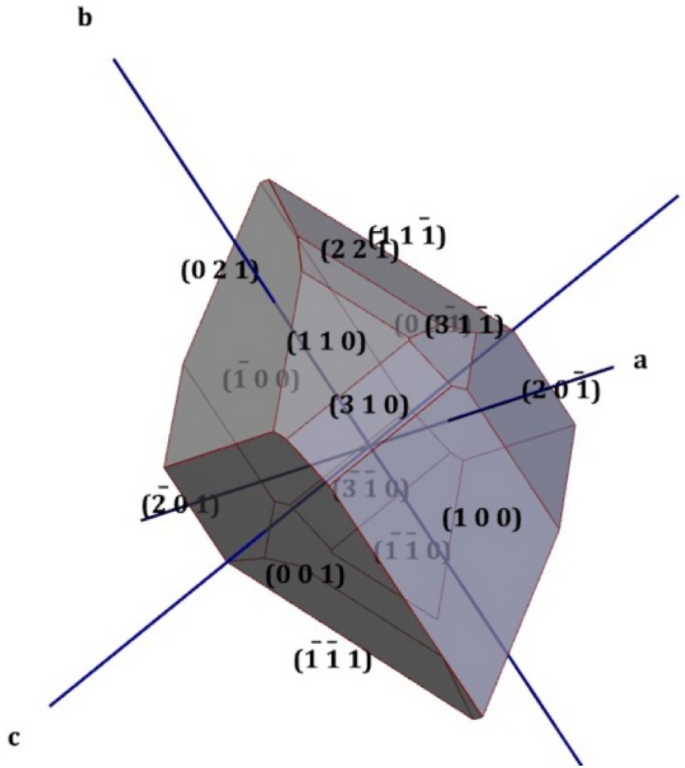


However, this phenomenon is still not fully understood. The presence of emulsions in the produced fluid has been detected from the very beginning of SAGD deployment. Steam assisted gravity drainage (SAGD) is a thermal hydrocarbon recovery method by which extra-heavy oil is produced through steam injection and bitumen heating. This article discusses aspects of particle-size analysis, as well as the variations associated with the sensitivity of various techniques. Sampling and dis-persion issues are often overlooked when assessing the poten-tial of different techniques. Writing in 1997, Allen stated that "novices in the size measurement area must understand that most errors in size measurement arise through poor sampling and dispersion and not through instrument inadequacies" (4). The intention is to encourage a more informed assessment of the capabilities of laser diffraction for particle-size analysis. This article reviews the laser diffraction technique, addressing the concerns that have been expressed. The nature of particle-size analysis in terms of how particle size itself is defined and how measurements should be con-trolled, however, is seldom discussed. In addition, a lack of comparison between laser diffraction and newer methods is then cited as evidence of the technique's fail-ings (1–3), with claims that the newer technologies provide a "more real" assessment of particle size. As a result, both the reproducibility and ro-bustness of the technique have been called into question, rais-ing doubts about its legitimacy for assessing product quality. The requirements for method de-velopment and data analysis have been highlighted as being difficult to realize. Although laser diffraction–based particle characterization is widely accepted as a standard technique both within and out-side the pharmaceutical industry, it has nevertheless been a sub-ject of considerable criticism. By providing a robust technique for particle char-acterization, laser diffraction plays an important role in im-proving product quality. In line with the development of the US Food and Drug Administration's process analytical technology initiative, the technique also is used in pharmaceutical production as a highly effective tool for process optimization and control, as well as for routine batch accept-ance testing. During drug development, laser diffraction is used to understand the functionality of new products, formulations, and delivery systems. aser diffraction is probably the most widely used tech-nique for particle-size analysis in the pharmaceutical in-dustry, with applications from drug development to pro-duction and quality control. This article discusses some of the advantages of using laser diffraction for particle sizing- including repeatability, ease of verification, and speed of measurement-and why it has become the preferred technique in a range of industries. COMSTOCK Some published articles purport to demonstrate the difficulties and problems of the laser diffraction technique without mentioning that these apparent problems are inherent in all particle-sizing techniques.


 0 kommentar(er)
0 kommentar(er)
